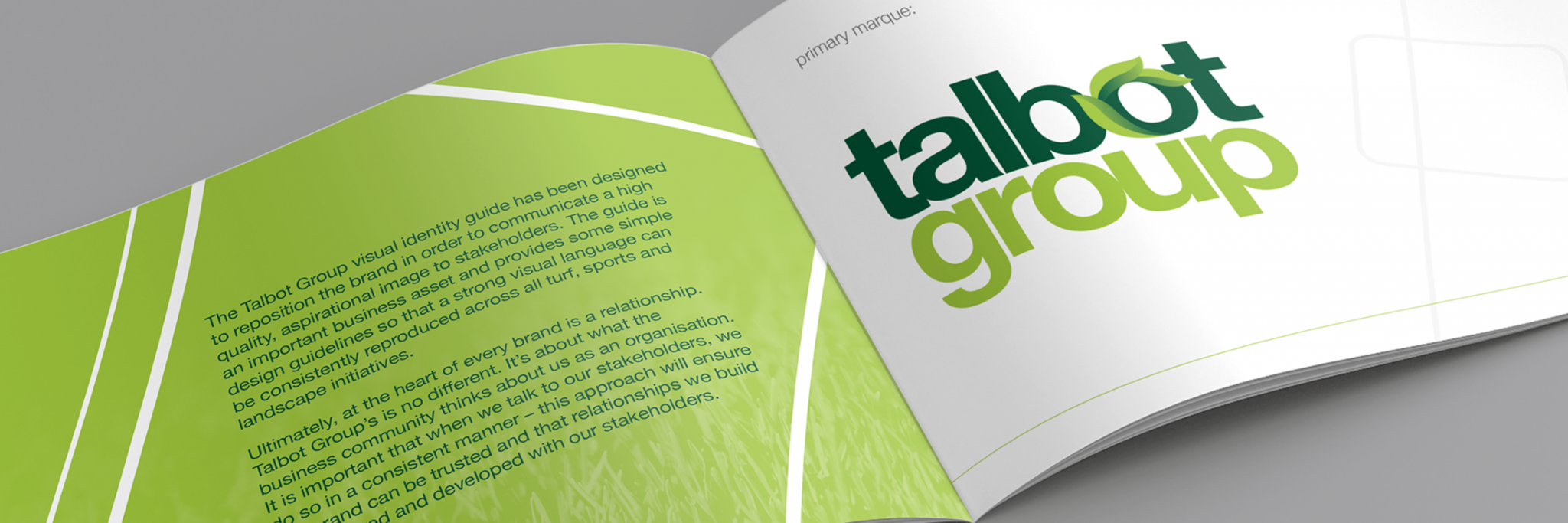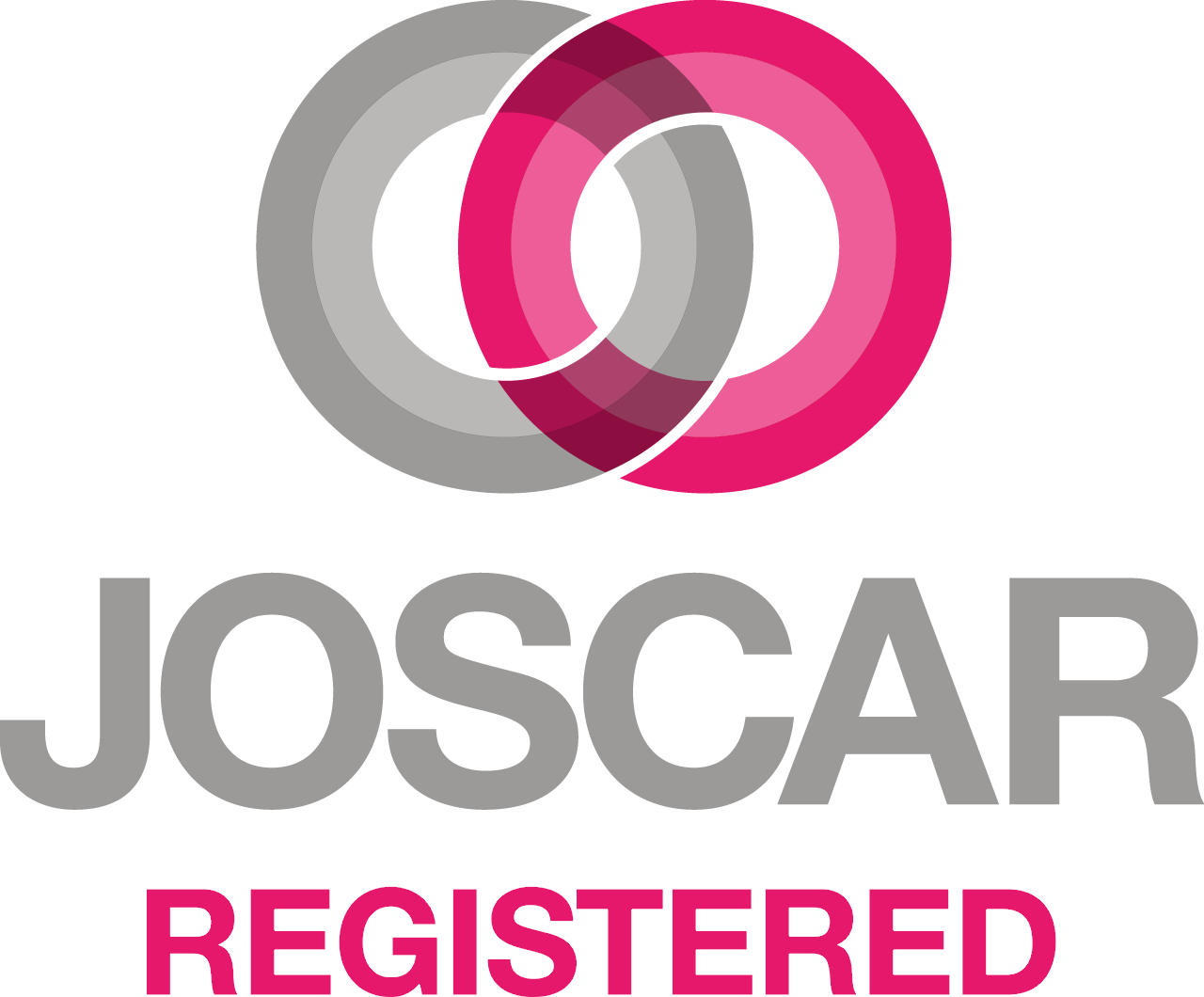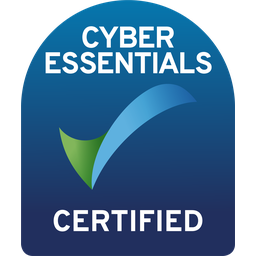Building a brand in 2020
Whether you’re building a new brand or updating an old one in 2020, here are four points to keep in mind.

As the world of business continues to evolve, so does the way companies present themselves to customers and clients. In today’s competitive marketplace, it takes a strong, consistent brand that reflects the needs of current customers to stand out.
So whether you’re building a new brand or updating an old one, here are four points to keep in mind:
- Sustainability
- Simplicity
- Consistency
- Personality
Sustainability
Going green, reducing waste, becoming eco-friendly, considering the climate. It’s time to get serious about sustainability.
Whilst eco-focused trends aren’t brand new, they’re continuing to evolve and thrive due to increasing awareness. But it’s not just the younger generations – 58% of Gen Zers, 61% of Millennials, 55% of Gen Xers, and 46% of Baby Boomer consumers will pay more for eco-friendly products.
And whilst the consumer can get anything they want as quickly as they want, nearly 60% of consumers are willing to change their shopping habits to reduce environmental impact. For this reason we’re seeing a general movement towards sustainability, where businesses are taking a stand with their brand.
Natural packaging and hand-drawn illustrations evoke a natural feel. But for branding, sustainability doesn’t have to mean using wood-like browns, dark greens and other autumnal shades.
Sustainability for your brand could mean:
Whilst eco-focused trends aren’t brand new, they’re continuing to evolve and thrive due to increasing awareness. But it’s not just the younger generations – 58% of Gen Zers, 61% of Millennials, 55% of Gen Xers, and 46% of Baby Boomer consumers will pay more for eco-friendly products.
And whilst the consumer can get anything they want as quickly as they want, nearly 60% of consumers are willing to change their shopping habits to reduce environmental impact. For this reason we’re seeing a general movement towards sustainability, where businesses are taking a stand with their brand.
Natural packaging and hand-drawn illustrations evoke a natural feel. But for branding, sustainability doesn’t have to mean using wood-like browns, dark greens and other autumnal shades.
Sustainability for your brand could mean:
- making sustainability centre stage in messaging strategies
- putting your money where your mouth is to support sustainable initiatives
- employing technologies to provide production method transparency and traceability of source materials
- offering details about operations and how you manage your sustainability agenda
- creating new inter-company partnerships that are focused on environmental impact and social responsibility
- looking for ways to reduce waste – from recycling textiles and fabrics to plastics and food. Discarded food can be re-used by partnering with farms and kitchens to provide animal feed.

In a world where consumers are hyper-aware of the climate emergency, more brands are realising that they need to compete on their ‘green’ credentials. And for some, this can become a unique selling proposition (USP) that differentiates the company from its competitors and allows it to enter new supply chains.
Simplicity
Predictions suggest that by 2020 there will be 3.5 million smartphone users worldwide. This has been a driving force in the quest for simplicity, as clean, clear brand visuals are ideal for smaller screens and provide an improved user experience.
By stripping away decorative details that can look cluttered on a small screen, brands stay relevant and readable for modern consumers. Simple designs appear pristine, fuss-free and give an element of luxury – perhaps this is why many high-end fashion brands have started to use the same (or at least a very similar) font!
To simplify your brand style:
By stripping away decorative details that can look cluttered on a small screen, brands stay relevant and readable for modern consumers. Simple designs appear pristine, fuss-free and give an element of luxury – perhaps this is why many high-end fashion brands have started to use the same (or at least a very similar) font!
To simplify your brand style:
- Use plenty of white space
- Create a format that is clear and easy to read
- Stick to one or two typefaces
- Restrict the number of colours
- Think… is this legible?

Consistency
Today’s customers are bombarded with advertisements at numerous touchpoints: while scrolling through Instagram, watching TV, driving to work, or listening to Spotify. Inconsistencies across different touchpoints can undermine your brand and confuse your customers.
Brand guidelines help a business produce a unified presence across all mediums, allowing potential customers and clients to get familiar with – and recognise – your brand over time. And the more recognisable your brand is, the more customers are likely to remember you, buy from you or use your services in the future.
In fact, reports suggest brand consistency can increase revenue by up to 23%. So make sure your business has a clear set of brand guidelines that outlines:
Brand guidelines help a business produce a unified presence across all mediums, allowing potential customers and clients to get familiar with – and recognise – your brand over time. And the more recognisable your brand is, the more customers are likely to remember you, buy from you or use your services in the future.
In fact, reports suggest brand consistency can increase revenue by up to 23%. So make sure your business has a clear set of brand guidelines that outlines:
- Your primary logo
- Any secondary logos to use in different settings (e.g. a portrait and a landscape version, a white/reversed version and a mono/greyscale version)
- Your brand colours and fonts
- A general art direction / design style and examples of how the brand should be used across different forms of media
- Your brand’s tone of voice
Personality
As previously mentioned, today’s customers are bombarded with advertisements. Not only does this require a brand to remain consistent, but it also means brands need to add a personal touch to elevate themselves above the noise.
Customers are told again and again how life-changing a company and its products or services are. This excessive exposure to faceless logos makes it hard for customers to trust their claims.
Customers want to see brands as being honest, friendly, helpful and even funny or trendy. Considering the character traits you want to associate with your brand can help you establish the best messaging, tone and look that works for your customers. What character traits would you associate with your current brand? Do these reflect your company well and resonate with your target audience?
Customers are told again and again how life-changing a company and its products or services are. This excessive exposure to faceless logos makes it hard for customers to trust their claims.
Customers want to see brands as being honest, friendly, helpful and even funny or trendy. Considering the character traits you want to associate with your brand can help you establish the best messaging, tone and look that works for your customers. What character traits would you associate with your current brand? Do these reflect your company well and resonate with your target audience?
Get branded for 2020!
Like any aspect of a business, a company’s branding should evolve over time. If your brand is old, lacking impact or lagging behind the competition, ask yourself ‘Does my brand need a refresh?’ and get in touch to see how we can help.
-3-bloc-digital.jpg)
-bloc-digital.jpg)
-bloc-digital.jpg)


